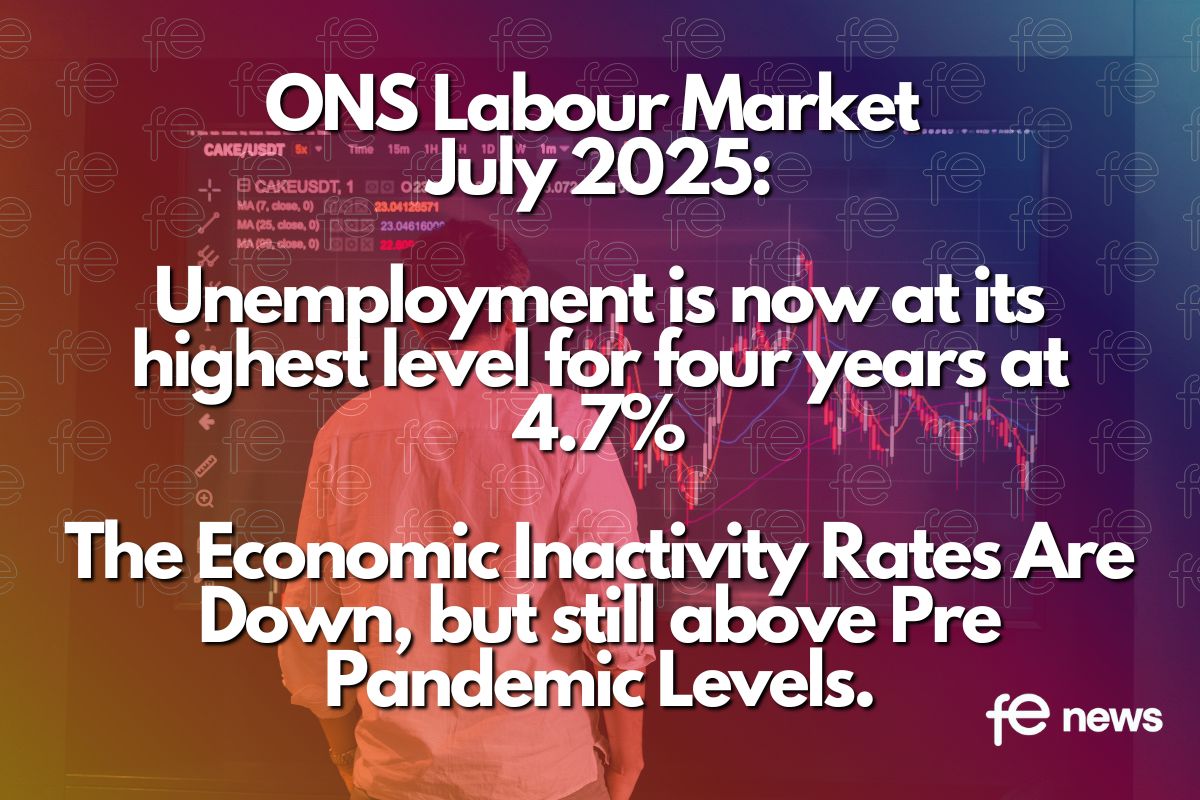Employer Hiring Activity is Picking up as UK’s Lockdown Starts to Ease

Throughout the last year, we’ve been tracking how the labour market has been adapting to the evolving constraints that the Covid-19 pandemic has placed on social and economic activity. Whilst we have explored a broad range of emerging data on this topic, from official unemployment statistics to data about furlough take-up, a consistent focus for us throughout has been to track online job posting activity, with our Job Posting Analytics data giving a window into employer hiring activity, as measured by the posting of new job adverts from thousands of online sources.
As the first Lockdown was announced back in March 2020, we saw a significant drop in employer hiring activity, with newly advertised job postings falling by over 50% between February and the pandemic low in May. As restrictions eased and the economy adapted to the “new normal”, employer hiring activity picked up, with slow but steady increases in new job postings through the summer to October. Of course, it was in the Autumn that, having seen the “second peak” looming into view, officials across the United Kingdom started to tighten restrictions, and the economic resurgence was halted. Yet whilst employer job posting activity fell back once again, it was encouraging to see that the sharp decline of the first Lockdown was not repeated to the same extent.
What is even more encouraging is that as the UK once again eases restrictions, employer hiring activity has come back strongly. At almost 900,000 new job postings in the month of March, this is now back to just 6% below the pre-pandemic high in February 2020.
It’s worth mentioning an important point of context to help us understand what this is actually saying. There is not necessarily a 1:1 relationship between the volume of job postings and the number of jobs being recruited, since employers will often advertise just once when seeking multiple hires for the same role, whilst many advertised roles may go unfilled, and of course not all job advertising is done online. However, because we are using the same measure over time, it does give us a good indication of the general direction of travel.
With the latest official unemployment count standing at approximately 1.7 million, and a degree of uncertainty remaining over the nearly 5 million people also furloughed, there is still some way to go to build sufficient vacancies in the economy to make up for the challenge created in the last 12 months or so, but we do at least appear to be heading in the right direction. The big challenge, however, when considering the economic recovery, is understanding the specific opportunities being created in relation to the skills and experience of the displaced workforce, as well as new entrants to the labour market.
This is where we can dig into the details beneath the headlines and start to cast some light on the occupations that appear to be driving hiring demand. The following chart shows the Top 20 in-demand occupations based on new job postings in March 2021:
The data shows quite a broad cross-section of job roles driving demand right now. There remains a significant demand for health and care roles, as well as specialist IT roles, whilst jobs associated with the logistics industry — a sector that has really thrived through these challenging times — such as van drivers and elementary storage occupations, also remain strong. The presence of cleaners in the Top 20 clearly reflects the importance of this work in supporting large parts of the hospitality sector to re-open safely, whilst the strong demand for HR roles perhaps also hints at a brighter future for the labour market.
Monthly new job postings volumes have very nearly doubled between the low point in May last year and March 2021.
The following chart shows the Top 20 occupations by new job posting growth rate, for occupations that had more than 50 unique new postings in each month (by hovering over the bars, you can see both the percentage growth and increase in terms of actual numbers):
Perhaps unsurprisingly we are seeing the greatest growth rates coming from those roles most directly affected by lockdown restrictions — namely roles related to the construction, hospitality, leisure and service economies.
It will be interesting to see how much of a fit this re-emerging demand is for the workforce that has been displaced since the first Lockdown, but what is clear is that it is going to be critical for those supporting this community to get back into work to have information on where the re-emerging opportunities lie in their local economy.
We will be continuing to illuminate what is driving the re-emergence in employer hiring activity in our next webinar on Wednesday 28th April at 2pm, where we will be exploring which skills employers are seeking and how these might be changing from pre-pandemic recruitment activity. You can register for this free webinar here.
For more insights and analysis on the labour market in your area, contact Emsi.











Responses